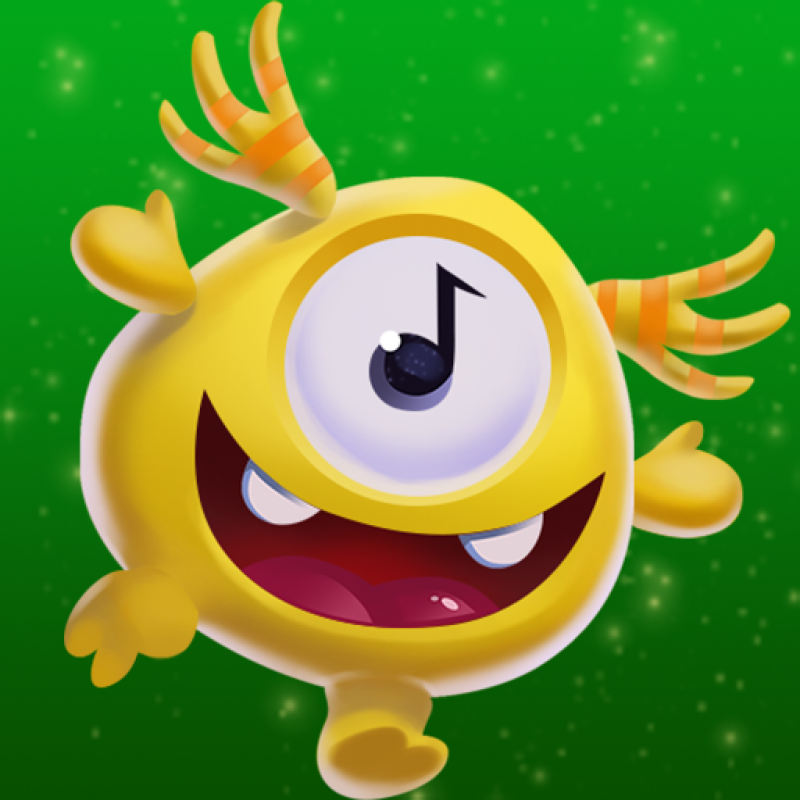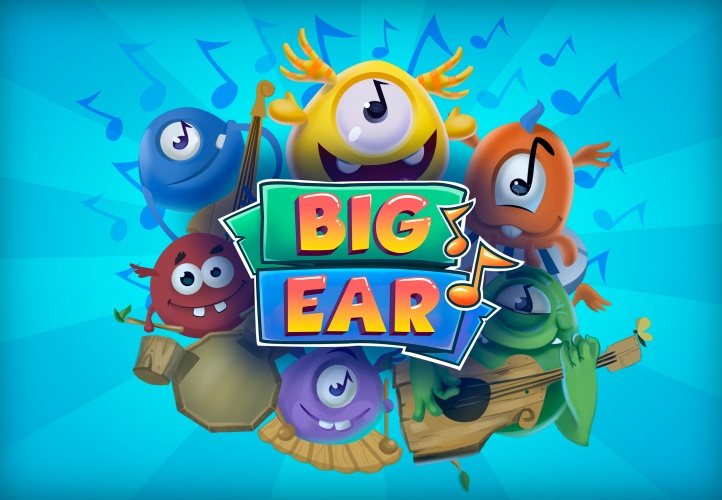
Big Ear
In Big Ear the player solves musical puzzles and constructs popular songs. Through the game they will explore melody, harmony and rhythm, as well as different instruments and genres of music. It is also possible to make your own tunes and use them as musical messages or ringtones.
The pedagogical analysis covers how the product supports learning of the identified skills. The student’s role is assessed by four contrary pair parameters, which are selected to cover the most essential aspects on the use of the product.
The following are the high educational quality aspects in this product.
The supported learning goals are identified by matching the product with several relevant curricula descriptions on this subject area. The soft skills are definitions of learning goals most relevant for the 21st century. They are formed by taking a reference from different definitions of 21st century skills and Finnish curriculum.



User reviews for Big Ear
You need to log in to post a review.